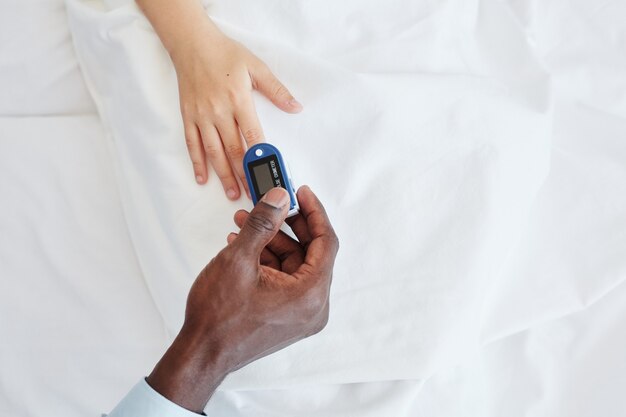Understanding the Distinctions Between Type 1 and Type 2 Diabetes
Diabetes is a prevalent condition affecting millions worldwide, yet not everyone realizes that it encompasses different types with unique characteristics and implications. The key differences between Type 1 and Type 2 diabetes revolve around causes, symptoms, and management. Understanding these differences is crucial for effective treatment and management.
Causes and Onset
Type 1 Diabetes is an autoimmune condition wherein the body’s immune system mistakenly attacks and destroys insulin-producing beta cells in the pancreas. This usually manifests in childhood or adolescence, although it can occur in adults. The exact cause is unknown, but genetics and environmental factors are believed to play a role.
In contrast, Type 2 Diabetes is primarily linked to lifestyle factors and insulin resistance, where the body doesn't use insulin effectively. It’s the most common form of diabetes and generally develops in adults over 45, although increasing numbers of children and teenagers are being diagnosed due to rising obesity rates.
How They Affect the Body
In Type 1 Diabetes, the lack of insulin production means glucose remains in the bloodstream instead of being used for energy, leading to high blood sugar levels. Insulin therapy is required to manage blood sugar levels.
In Type 2 Diabetes, the body produces insulin, but cells don’t respond to it as they should. This leads to gradual insulin resistance and relative insulin deficiency, causing elevated blood sugar levels over time. Diet, exercise, medication, and sometimes insulin can manage this condition effectively.
Symptoms
Both types of diabetes share common symptoms such as increased thirst and urination, fatigue, blurred vision, and unexplained weight loss.
However, Type 1 Diabetes symptoms tend to develop rapidly over weeks, while Type 2 Diabetes symptoms appear more gradually and sometimes go unnoticed for years.
Management and Treatment
Type 1 Diabetes requires daily insulin injections or an insulin pump, regular blood sugar monitoring, healthy eating, and physical activity to manage blood sugar levels and maintain a good quality of life.
For Type 2 Diabetes, lifestyle changes such as a balanced diet, regular physical activity, and maintaining a healthy weight are critical. Oral medications or insulin might be prescribed if lifestyle changes aren’t sufficient.
Financial Assistance and Support
Managing diabetes effectively can be costly due to medication, equipment, and regular healthcare consultations. Fortunately, various financial assistance programs can alleviate the burden:
- 🐍 State Health Plans: Some states offer diabetes coverage options that include medications, supplies, and healthcare services.
- 🩺 Medicare and Medicaid: These programs provide coverage for treatments, supplies, and sometimes offer nutritional counseling.
- 💰 Pharmaceutical Assistance Programs: Drug manufacturers often have plans to reduce the cost of insulin and other medications.
- 🎓 Educational Grants: Look for programs focused on educating and supporting those living with diabetes to help manage and mitigate the condition’s impact.
- 💳 Flexible Spending Accounts (FSAs): These accounts allow you to use pre-tax dollars for diabetes-related expenses, effectively lowering annual healthcare costs.
Understanding the distinctions between Type 1 and Type 2 diabetes is the first step in recognizing the importance of diligent management and the role of lifestyle and medical interventions in reducing the burden of the disease. Take advantage of the various resources and programs available that provide education, lifestyle support, and financial aid to ease the journey.
